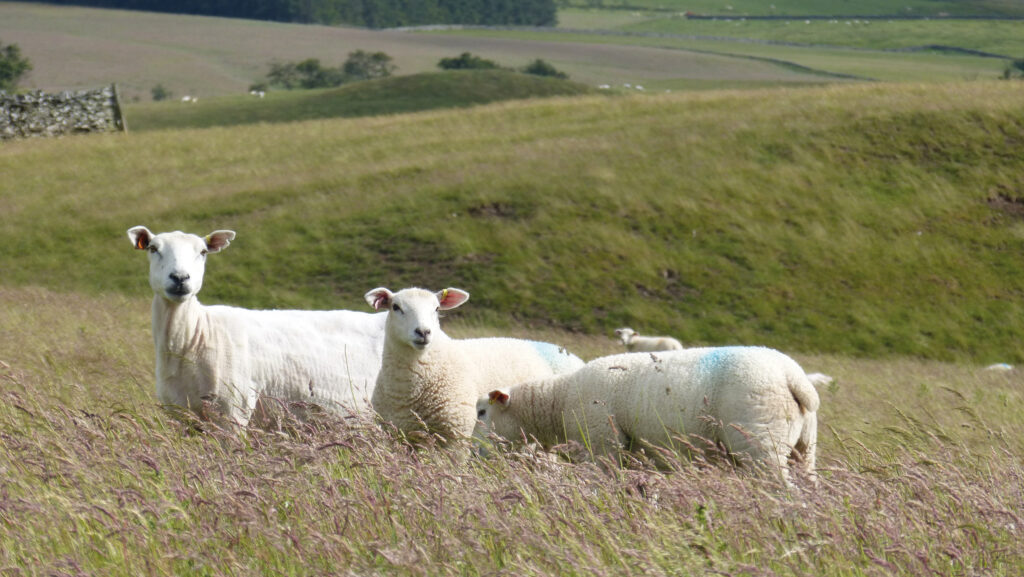40-50% difference in lamb methane emissions, project shows
 © MAG/Michael Priestley
© MAG/Michael Priestley Preliminary data from the Breed for Ch4nge Project has revealed a 40-50% difference in methane emissions from lambs.
The three-year project, which is an industry collaboration partly funded by Defra, is aimed at breeding productive, maternal sheep that have a low carbon footprint.
See also: Video: How a lowland farm is preparing for low-methane sheep
The first year has seen the methane output of 3,300 Dorset, Innovis, Lleyn and Exlana lambs from 27 flocks recorded using portable chambers, geneticist Janet Roden, from lead partner Innovis, revealed to delegates at the NSA Sheep Event in Malvern.
Researchers are also assessing feed efficiency, rumen volume and microbiome, as well as health data using faecal egg count and IgA blood serum measurements, to understand how these traits relate to each other and influence methane output.
So far, the feed intake of 298 lambs has been recorded at Innovis’s Southfield Farm by Scotland’s Rural College and at Harper Adams, two of the project’s academic partners.
Researchers worked out how much metabolisable energy growing lambs required based on weight. Lambs were fed pelleted grass over a six-week period with intakes recorded each time they ate.
Data revealed a 0.4kg variation in daily dry matter consumption. Janet said some lambs were growing more and eating less.
In the next two years, another 300 lambs will be recorded.
As part of the project, rams and ewes are being genotyped and the ultimate goal is to produce genomic breeding values the whole industry can use in its quest to reach net zero by 2050.
